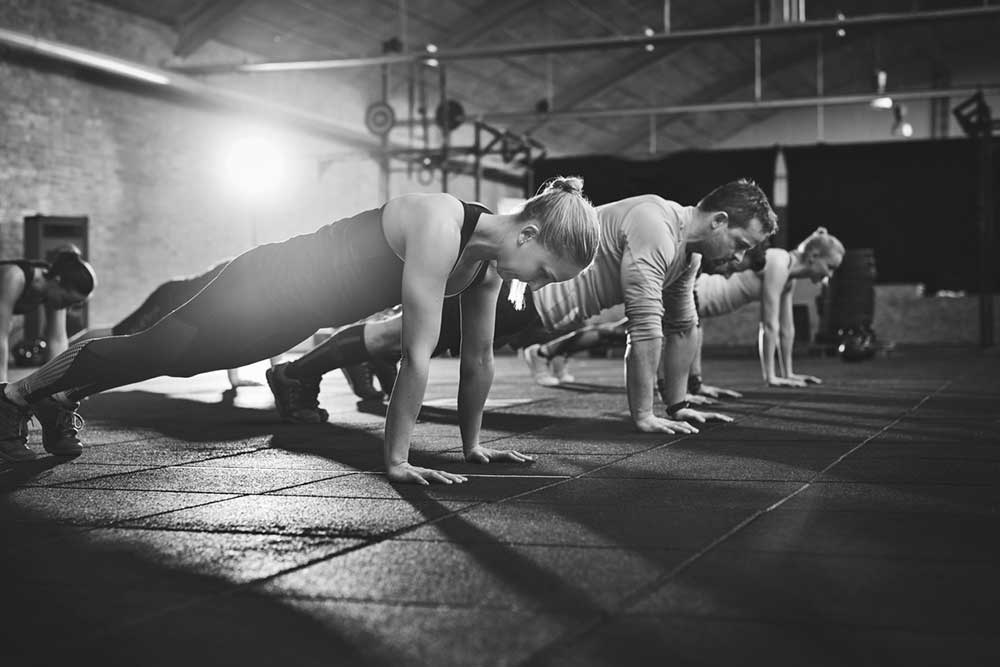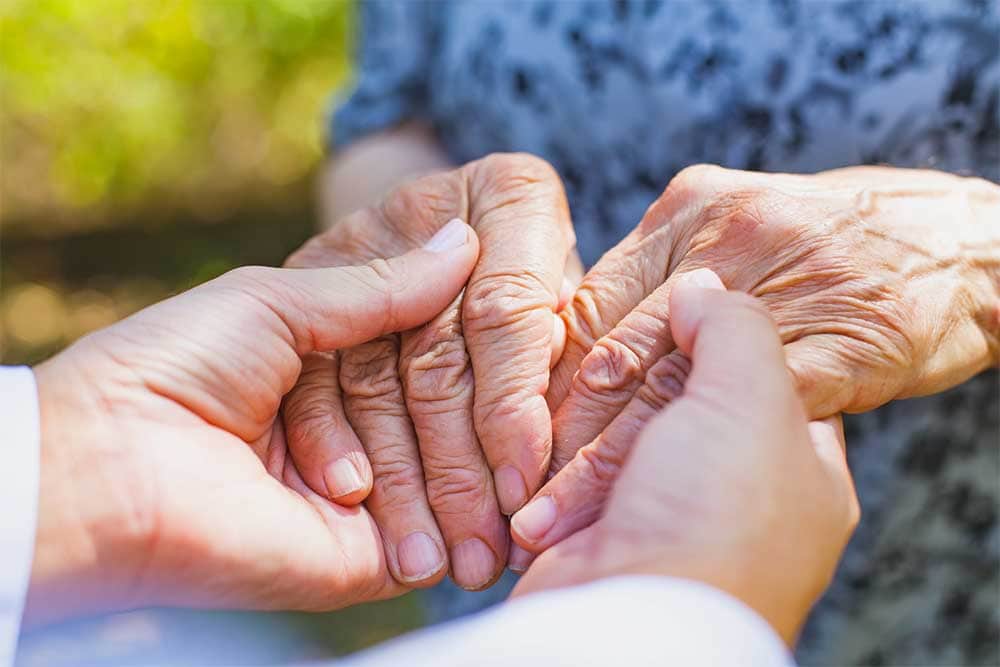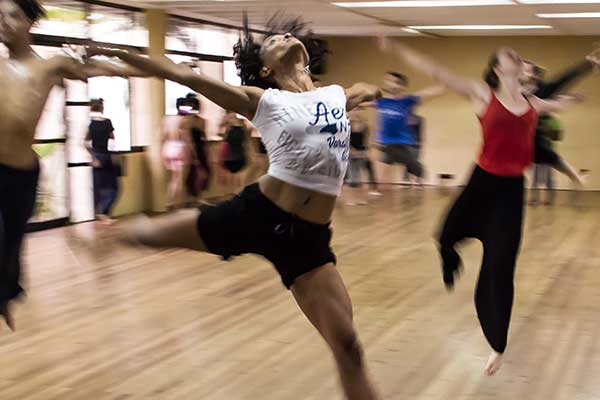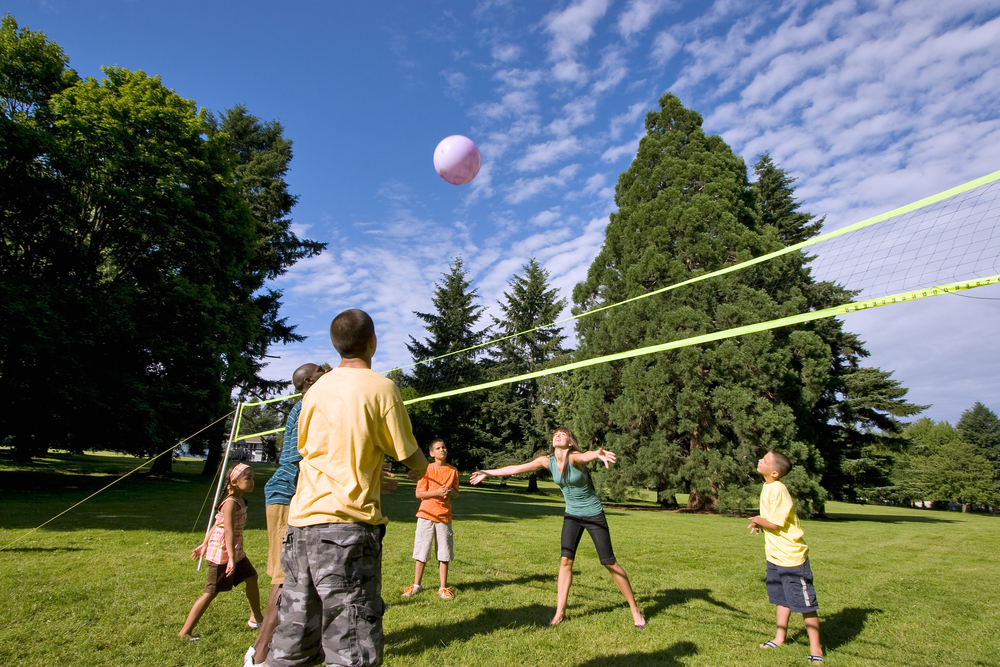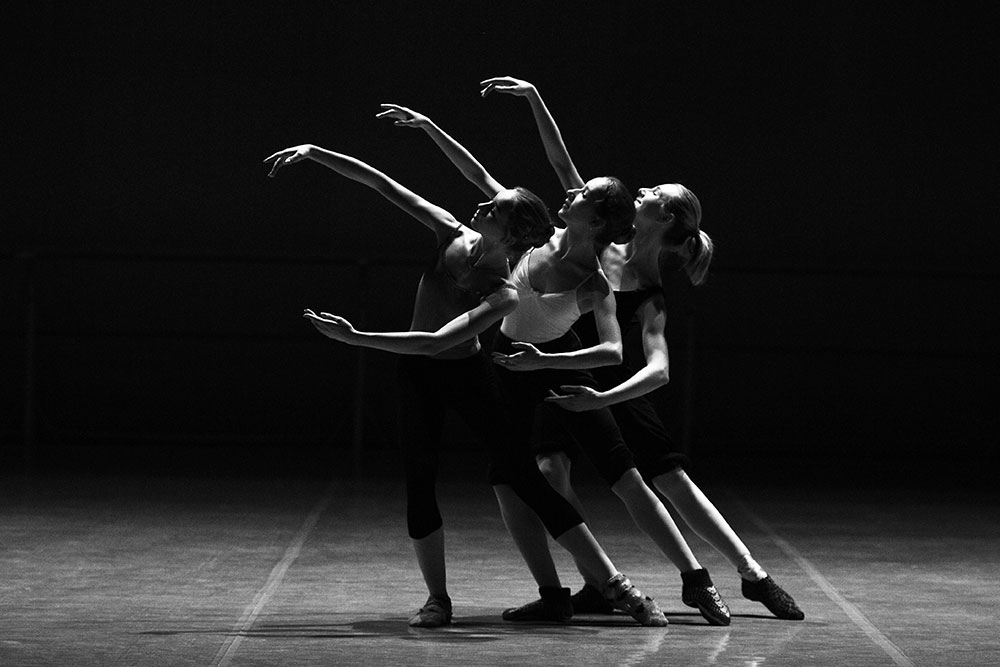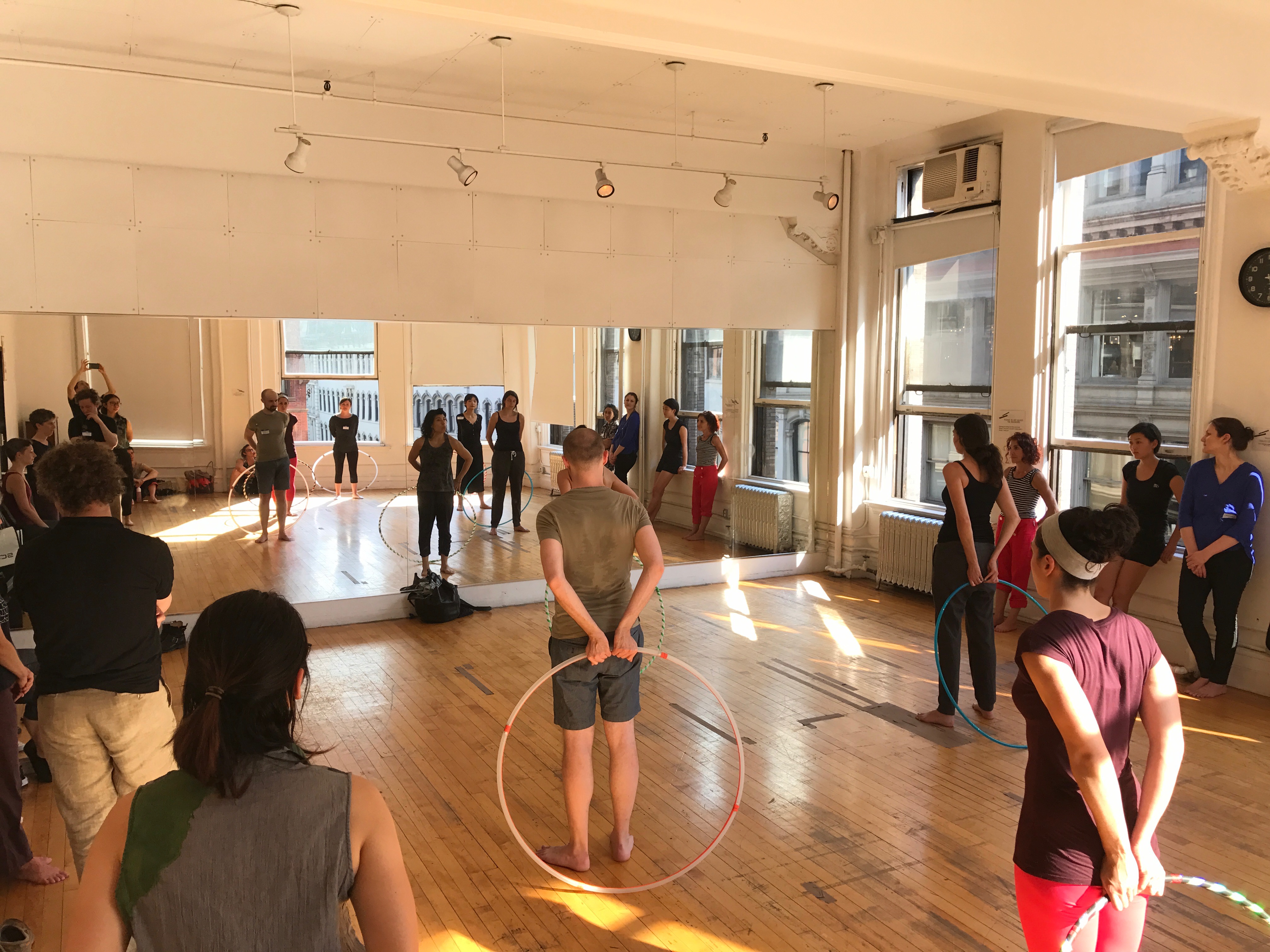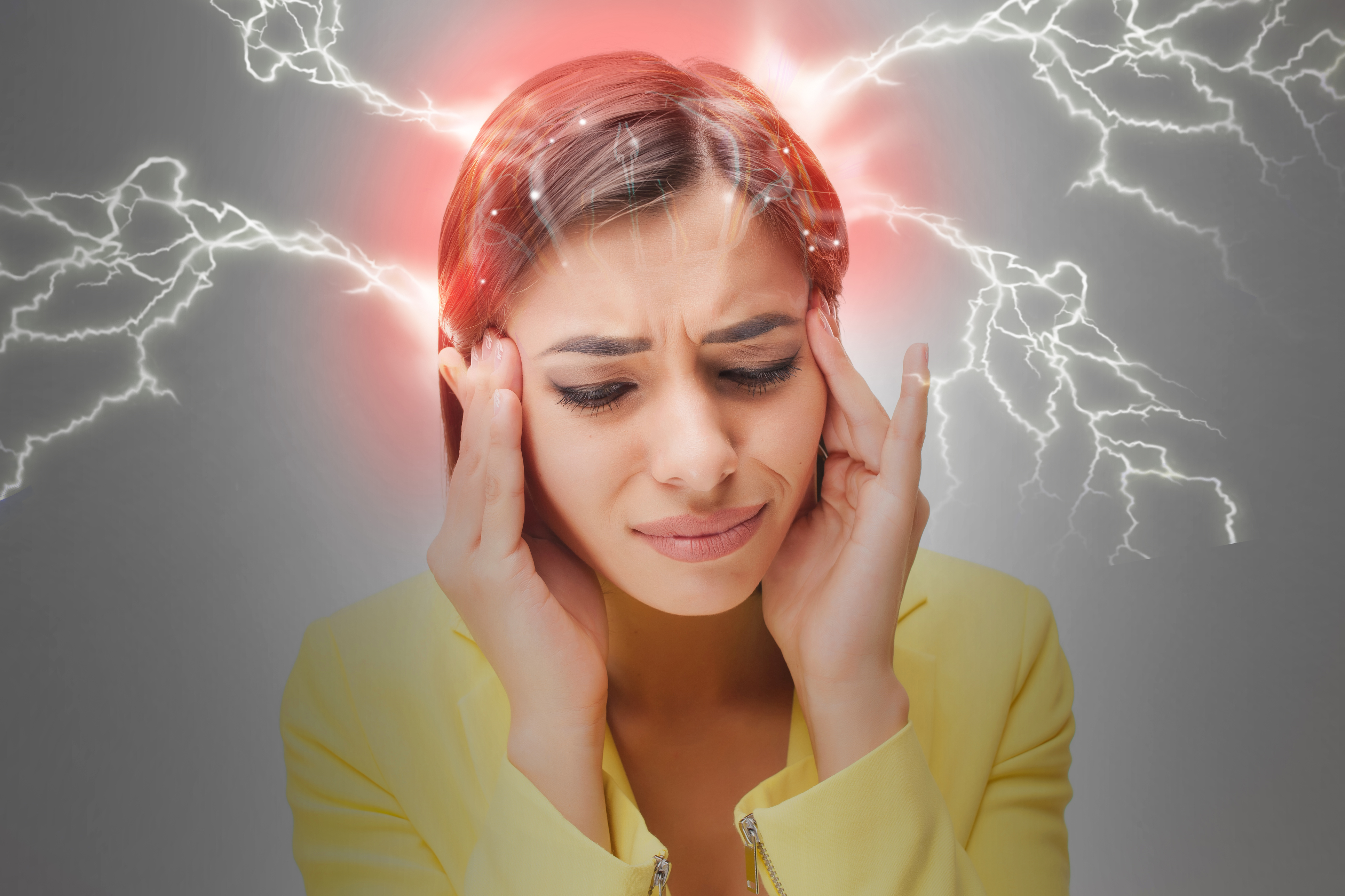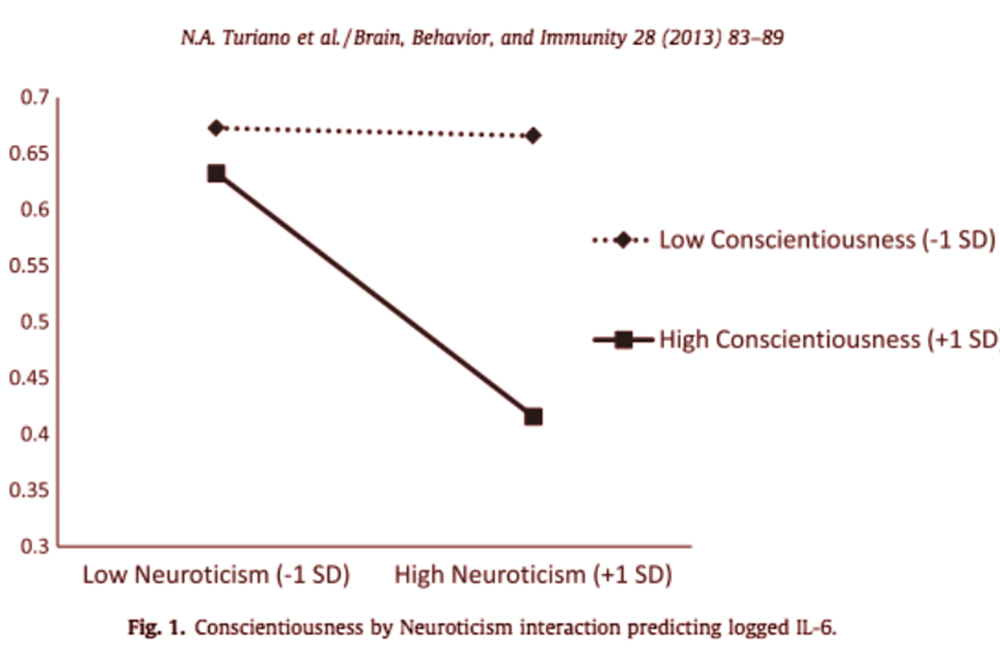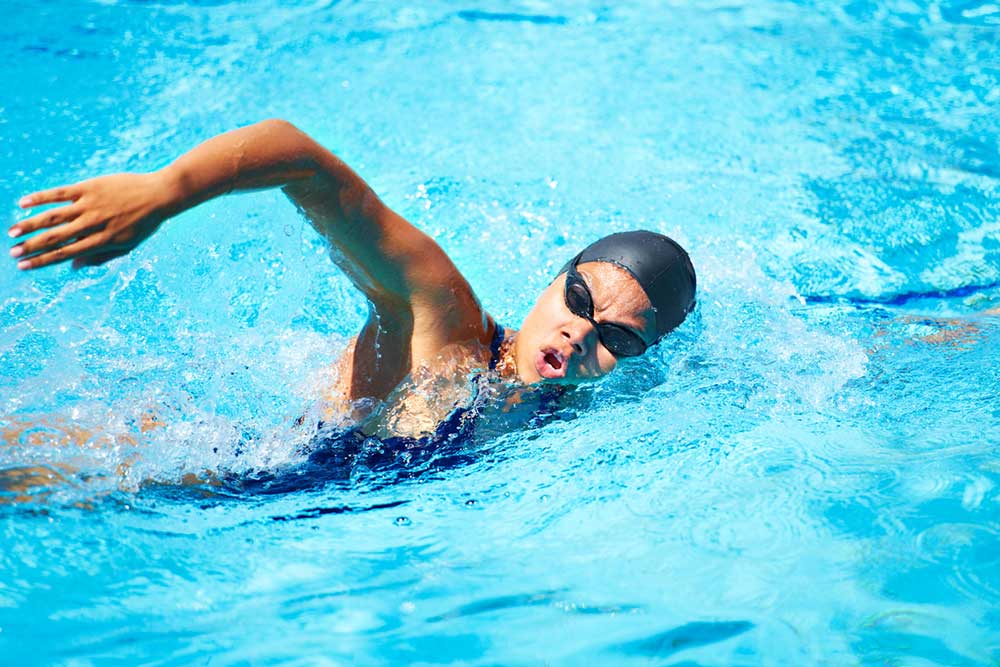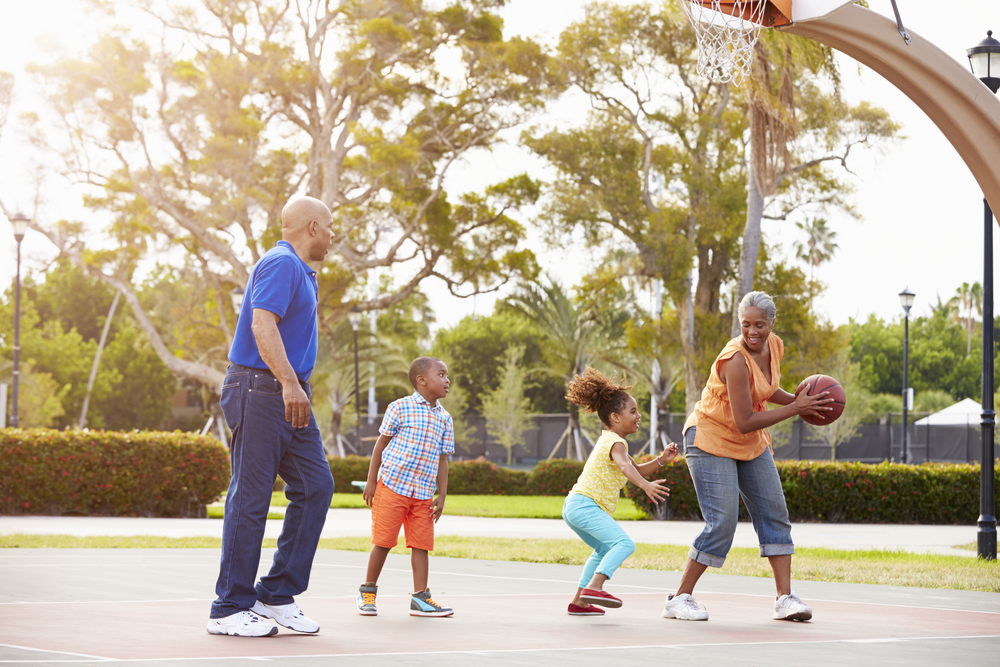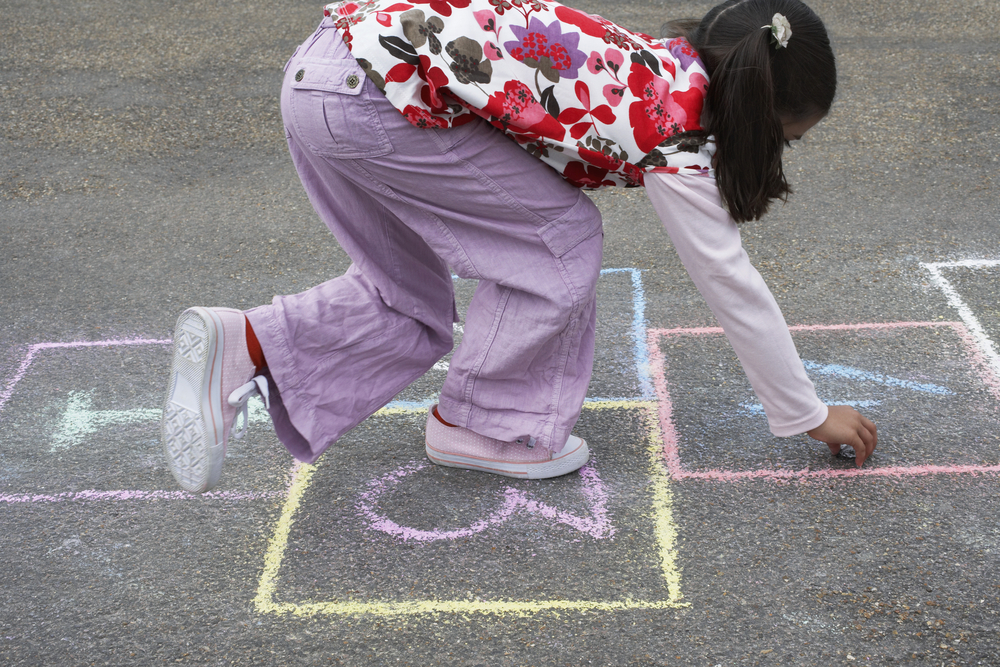Gender Differences in Concussion Diagnosis and Treatment

We know that female athletes tend to be at a higher risk of certain types of injuries than their male counterparts. Things like knee and ankle injures immediately come to mind.
However, did you know there may also be some key gender differences when it comes to concussion?
Well, recent evidence suggests that there is.
What is Concussion?
In simple terms, a concussion is a type of mild traumatic brain injury (TBI).
Concussion can occur after a physical impact to your head, or after a whiplash like injury that results in your head to shake back and forth rapidly. Both instances can cause your brain to move to such an extent that it either strikes the skull, or twists upon itself – both leading to concussion.
With this in mind, a concussion results in an altered mental state, and may even result in you becoming unconscious.
Common concussion symptoms include:
- Short- and long-term memory problems
- Apparent confusion
- Sensations of drowsiness and sluggishness
- Dizziness
- The onset of double vision or blurred vision
- Headache
- Nausea or vomiting
- Short term sensitivity to bright light or loud noises
- Balance problems
- Delayed reaction times
In short – not good.
Common concussion sports
As beneficial as sport is for nearly every aspect of health, it does need to be acknowledged as a major cause of concussion.
Sport typically involves complex tasks being performed at extremely high speeds and under a state of fatigue. Combine this with the fact that many sports are contact in nature, and you have an immediate increase in concussion risk (Giza, 2014).
The highest rates of concussion for males occur in the following sports:
- Football
- Rugby
- Ice Hockey
- Wrestling
While in females the highest rates of concussion occur in:
- Soccer
- Basketball
- Baseball
- Softball
Simply looking at the nature of these sports, it makes sense as to why this is the case.
Male vs. female concussion rate
Interestingly, when we start talking about concussion rates by gender, most people seem to have an innate belief that men have a higher incidence. It is likely that this view is simply the result of most concussion interest being brought forward by male dominated sports (such as football).
However, this perception does not quite match up with reality (Covassin, 2016).
You see, research has shown that female athletes are generally around 40% more likely to experience a sport related concussion than male athletes – which is the opposite to what many would expect.
Who is most susceptible to concussions?
Looking at this statistic, it is quite clear that females are more susceptible to concussions than men – but why may this be the case?
While research in this area is somewhat sparse, it has been hypothesized that as females generally have less dense neck musculature (and therefore reduced neck stability) than males, they will be less protected against concussion (Mollayeva, 2018).
I would also argue that as female athletes are often underfunded, the quality of strength coaching they receive is somewhat less than that received by males in the same sport. Consequently, their injury prevention programs may also be lacking.
Does gender impact the severity of concussion symptoms?
Adding to the above, it also appears that not only are women more likely to experience a concussion, but they are also more likely to experience severe concussion symptoms.
This generally means that have more neurologic deficits after the concussion has occurred, that the symptoms themselves tend to be more severe, and that these symptoms also take much longer to resolve.
Not good.
While this could again be driven by the reduced neck musculature mentioned above, there is reason to believe the female hormone levels may also play a role – namely the fact that the heightened estrogen levels in females may cause an exaggerated neurological pain response, worsening symptoms.
Does the menstrual cycle play a role in concussion?
And lastly, I thought we should take the time to touch on the menstrual cycle and concussions.
While we are currently lacking evidence to demonstrate whether being at a certain stage of your menstrual cycle can influence concussion risk, we do know as fact that it can affect recovery outcomes.
See, progesterone is a hormone that exhibits neuroprotective effects on the brain.
We also know that during the follicular phase of the menstrual cycles (before ovulation), progesterone levels are low, while during the luteal phase (after ovulation) progesterone levels are high.
As such, those women who experience a concussion during their luteal phase actually have much worse outcomes and slower recovery times than those who experience one during their follicular phase.
This is because the luteal phase is followed by a prolonged period of low progesterone (observed during the follicular phase), which delays recovery and increases the severity of symptoms.
Conversely, those who get a concussion during their follicular phase see a rise in progesterone as soon as they ovulate, which improves upon their symptoms.
Related Article: Gender differences in sport injury risk and types of injuries
Traumatic brain injury and concussion: does gender have an impact?
I have already outlined the fact that concussion is a mild type of traumatic brain injury.
However, more serious traumatic brain injuries can result in brain bruising and torn neural tissue, as well as bleeding and other physical damage to the brain.
Scarily, these injuries tend to cause long term complications, or in some cases, even death.
These types of injuries tend to be the result of violence (leading to blunt force trauma of the skull), car accidents, and large falls.
With this in mind, only about one third of all traumatic brain injuries are females, which aligns with evidence suggesting that females are less likely to be in a car accident or resort to physical violence than males (Leitgeb, 2011; Munivenkatappa, 2016).
While this indeed suggests that males are more likely to experience a traumatic brain injury than females, it is important to note that much like concussions, the outcomes are still worse for females.
In fact, females are much more likely to experience prolonged neurological issues after having a traumatic brain injury – and they are also more likely to die after a traumatic brain injury.
Again, not good.
Sociocultural influences that impact the reporting of concussion symptoms
While this information paints a pretty nasty picture for female concussions, it also important to note that there may be some things that also impact the reporting of concussions – particularly amongst male athletes (Cormon, 2019).
Sports media have long celebrated stories of masculinity and toughness, while also promoting a culture of risk.
As a result, athletes who play through pain, sacrifice their health for the betterment of the team, and beat their opponent through physicality tend to be celebrated by teammates, coaches, and supporters alike.
With this in mind, both female and male athletes who embody these traits and beliefs may be less likely to report the severity of their concussion symptoms – which could have detrimental health effects down the road.
While this may only impact a small percentage of the sporting population, it does suggest that sporting organizations need to embody a ‘player first’ mentality, where the health of the players takes priority – even over organizational success.
Take Home Message
Sport related concussions have been in the limelight for more than decade – but only now are we starting to see the impact of gender on concussion risk and concussion symptoms.
And it paints a scary picture.
All in all, this highlights a need for more concussion awareness in sports, with an emphasis placed on exercise interventions to better help prevent concussions in female athletes.
References
Giza, Christopher C., and Jeffrey S. Kutcher. “An introduction to sports concussions.” CONTINUUM: Lifelong Learning in Neurology 20.6 Sports Neurology (2014): 1545.
Covassin, Tracey, Ryan Moran, and R. J. Elbin. “Sex differences in reported concussion injury rates and time loss from participation: an update of the National Collegiate Athletic Association Injury Surveillance Program from 2004–2005 through 2008–2009.” Journal of athletic training 51.3 (2016): 189-194.
Mollayeva, Tatyana, Graziella El-Khechen-Richandi, and Angela Colantonio. “Sex & gender considerations in concussion research.” Concussion 3.1 (2018): CNC51.
Munivenkatappa, Ashok, et al. “Traumatic brain injury: Does gender influence outcomes?.” International journal of critical illness and injury science 6.2 (2016): 70.
Leitgeb, Johannes, et al. “Effects of gender on outcomes after traumatic brain injury.” Journal of Trauma and Acute Care Surgery 71.6 (2011): 1620-1626.
Corman, Steven R., et al. “Socioecological influences on concussion reporting by NCAA Division 1 athletes in high-risk sports.” PloS one 14.5 (2019): e0215424.
You Might Like:













